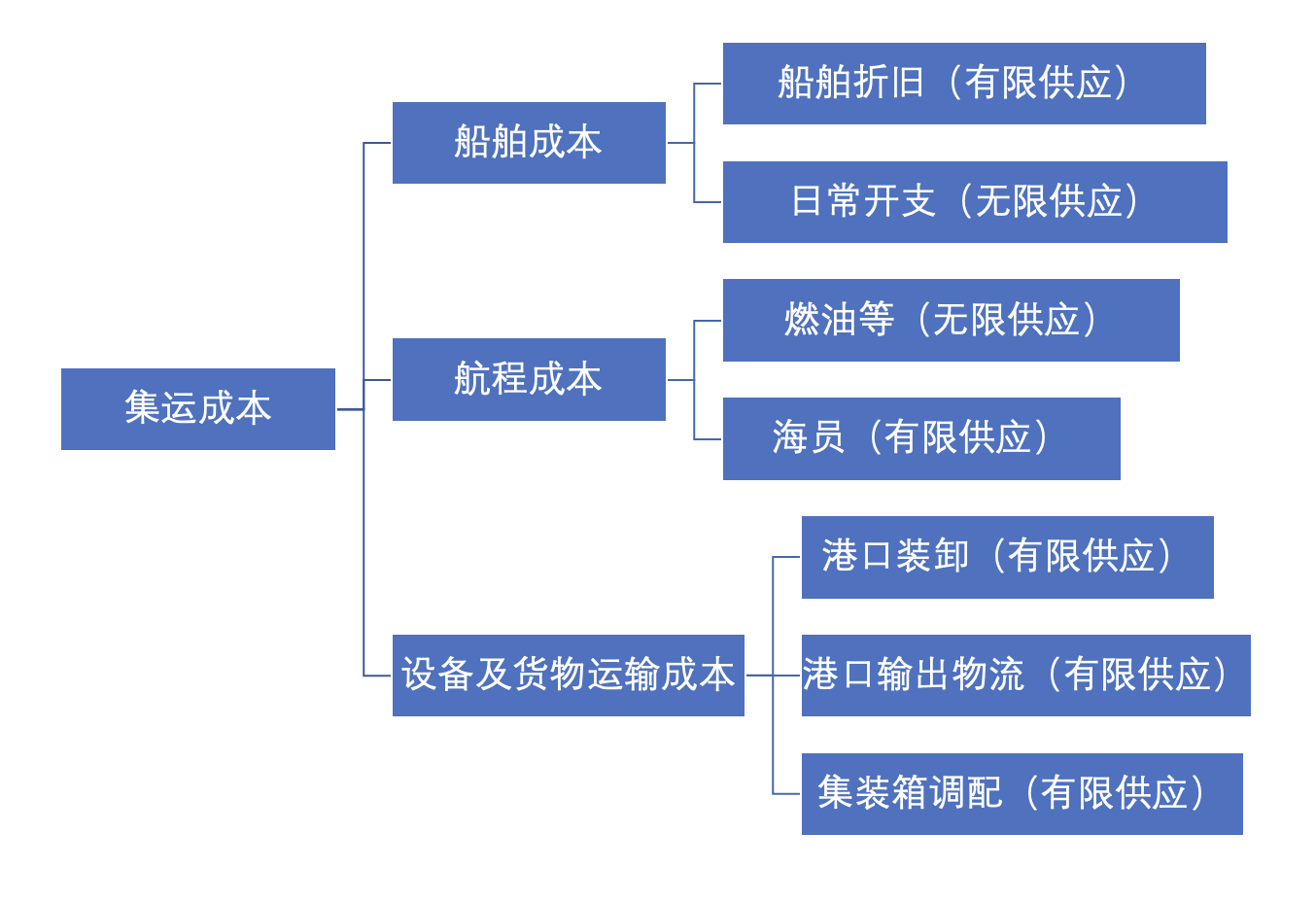The last article “Overcharged profits for three or five quarters, does it enhance certainty or worsen the competitive environment? ” mentioned that the future supply of ships will not be the main reason for affecting the performance of COSCO SHIPPING Holdings (SH601919) $ . Many people have mentioned that large shipowners will cancel the lease when they build a ship. Will it not also affect the market supply? So this article tries to analyze what is the supply of container shipping business.
At present, the supply of container shipping business is divided into the following three main supply aspects:
1. Ship cost, the supply of ships is currently considered the main supply, so we are worried about whether mass production of ships will lead to oversupply.
2. In container transportation, the voyage cost, that is, the cost of fuel oil and other costs, is actually larger than the cost of the ship, just because the oil does not involve major asset investment, so no one thinks it is a supply constraint, but when a shipping company After most of the ships are self-owned, the annual expenditure on the ship is less than the fuel expenditure.
3. Container handling ships, including loading and unloading, storage and transportation at the terminal, deployment of containers, etc. This is the largest cost of container transportation and the main bottleneck of supply.

Figure 1 Schematic diagram of container transportation cost and supply-side split
In the entire container shipping network, transportation capacity, port loading and unloading capacity, port logistics capacity, container allocation capacity, and supply shortages in any link will become constraints restricting logistics.
Let me simply draw a picture to explain. When the demand for container shipping is greater than the output capacity of the port, or the loading and unloading capacity of the port, no matter how abundant the supply of container ships is, there will be congestion at the port.

If there is a blockage at the output end of the port, it will lead to a reduction in the available storage yard of the port, further reducing the port’s loading and unloading capacity, resulting in the blocking of the shipping capacity at the port and unable to be loaded and unloaded, which will lead to the rapid consumption of the waiting capacity, resulting in a rapid reduction of the in-transit capacity. , thereby rapidly consuming capacity.

If it is assumed that the ports in Europe and the United States are the same as the ports in China, it can be assumed that the processing capacity is extremely high in the container shipping scenario and will not touch the quota, then the current container capacity is also surplus. Therefore, it is believed that the excess container capacity will lead to Supply exceeding demand is not rigorous.
Once demand recovers, the handling capacity of the port will reach a bottleneck, and the effective capacity will become the capacity to be berthed. On the premise that the handling capacity of the ports in the countries in need in the world has not improved, once the demand exceeds the capacity of the port, the supply will be in short supply. When the shipping capacity is greater than the port’s handling capacity, the shortcoming of the entire container shipping is the port’s handling capacity, not the shipping capacity.
In the balance of supply and demand, supply equals demand, but it is a small probability event. In most cases, supply and demand are constantly mismatched and rebalanced. At present, in the field of container shipping, the shortcoming of supply lies in the port, but in many cases, the port It is difficult for the giants to control the construction of ships. They can only increase the part that they can control, that is, increase the ships. If they are not short of money, the cost of the ships may be cheaper than the oil.
As for the freight rate, the current freight rate is like the return of the normal price because the demand is less than the shortest board in the container transportation, that is, the port, so the United States and West will no longer block the port, and the freight rate will naturally fall.
However, once the economic downturn and demand declines, will the container shipping industry, which is just in demand, fall into huge losses? I have deep doubts about this. The investment that the shipping company spends on ships is actually less than the investment on fuel oil. The unlimited fuel supply will not lead to the loss of shipping companies’ freight rates. Why do they supply less than 30% of the ships? Will it lead to losses for the shipping company? Obviously, both ships and oil can be bought with money, but the barriers to container transportation are not in ships and oil.
Remarks: As a reminder, I am not saying that ships are as important as fuel, but to refute, the increase in the supply of a single cost item will lead to an oversupply of the entire business and lead to losses. This simple logic is too absurd.
This topic has 82 discussions in Snowball, click to view.
Snowball is an investor’s social network, and smart investors are here.
Click to download Snowball mobile client http://xueqiu.com/xz ]]>
This article is reproduced from: http://xueqiu.com/9070764642/232530991
This site is for inclusion only, and the copyright belongs to the original author.